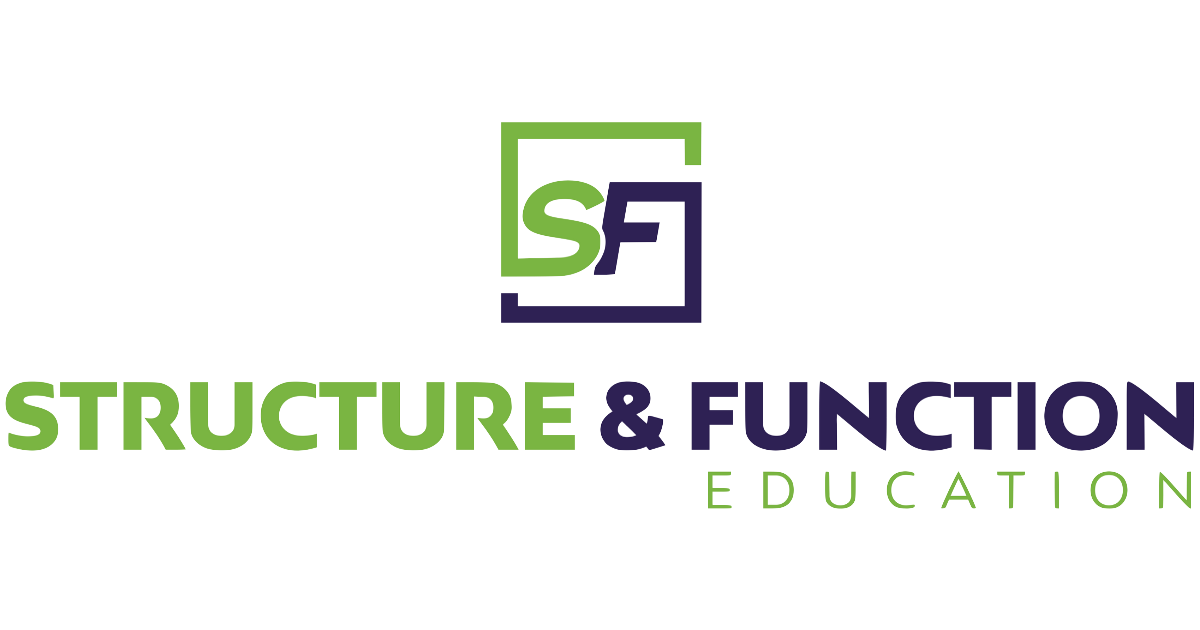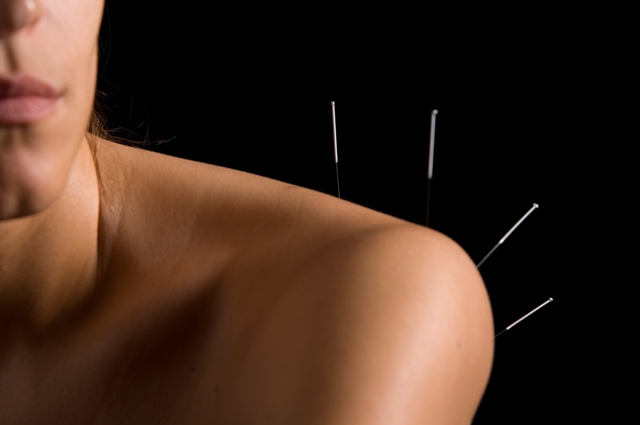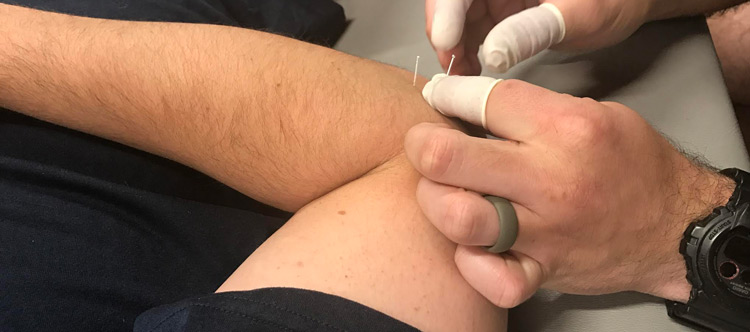Dry needling has become one of my most used modalities in my clinical practice. The more I learn about it, the different techniques, the physiology and how to apply it to injury, performance and recovery the more I use it and the results keep improving. There are several misconceptions and general misinformation out there regarding dry needling. Hopefully I can shed some light on a few of these areas.
1) Dry Needling is NOT the same as acupuncture. If we look at Zhou et al’s article entitled “Dry Needling vs Acupuncture: The Ongoing Debate” 1 we know that there are many subsets of traditional acupuncture, Western Medical Acupuncture (WMA) being one of them. And within WMA, there are even more subsets including different types of dry needling. Karel Lewit, MD wrote a paper in 1979 entitled “The Needle Effect in Myofascial Pain”.2 This is our first known reference to dry needling, written by a professional who was not an acupuncturist. Using a tool does not make me a certain type of professional. Using a hammer to hang a picture does not make me a carpenter. Using a calculator does not make me a Certified Public Accountant. Using manipulation does not make me a Chiropractor. Performing CPR does not make me an EMT. And using a fine filiform needle does not make me an Acupuncturist. Tools overlap in medicine all the time. A fine filiform needle is no different.
2) Everything it takes to learn how to safely dry needle does not happen in a 25-hour class. Healthcare professionals using dry needling have gone to anywhere from 4-10 years of undergraduate and graduate school, along with potentially hundreds to thousands of hours of other continuing education classes. I have spent well over 10,000 hours studying anatomy, physiology, musculoskeletal dysfunction, the nervous system, movement, palpation, medical and orthopedic assessment and injury management. This education and background (and my practice act in the state of which I am licensed) is what qualifies me (and my fellow PT’s, AT’s, DC’s, MD’s, NP’s and more) to do dry needling.
3) Dry needling treats absolutely nothing! Yet, it treats absolutely everything! The physiology that occurs when a needle is inserted into the tissue is extremely complicated but here are the three key things to remember: when we insert a needle into the body, we have a local, a segmental and a central reaction to healing. Locally, when a needle is inserted, CGRP (calcitonin gene-related peptide), histamine, bradykinin, and substance P are released locally.3 These things promote vasodialation and formation of new blood vessels, thus facilitating repair after injury in the local tissue. Segmentally, the needle stimulates the small myelinated nerves in the body (A beta, A delta) and unmyelinated fibers (C fibers), triggering the stimulation of the ascending pain pathway via the dorsal horn, and terminates in the thalamus, hypothalamus, and periaquadal gray matter (PAG).3 The descending pain pathway is initiated, and the release of enkephalin at the dorsal root ganglion of the spinal cord along with GABA and Glycine inhibit pain sensations at the spinal level the nerve originates from. And finally, systemically, beta-endorphin, endomorphin, and dynorphin and more are released in the brain (opiate neuropeptides) at the PAG and provides an overall analgesic effect in the body. This is the same opiate that is released when we receive spinal manipulation, and is in the same family as morphine. There you have it. A local, segmental and systemic response. THAT is why this modality is so powerful.
4) In my opinion, the terms evidence, research and science are not interchangeable. My clinical practice drives questions. I turn to the research to see what I find. Currently, we are drowning in research. For every study you find that says some intervention doesn’t work, I can find one that says it does. Research is overabundant, but evidence is not. Once several research studies are pointing in the same direction, we now have evidence to drive our clinical practice. But until I have that evidence I need to turn to science to decide if an intervention has merit. There is a lot of science behind dry needling. Evidence always lags clinical practice and science. In the absence of evidence, do you have some research to support your thoughts, or do you at least have science to drive your practice? If so, I feel like an intervention is worth performing, if legal and ethical. Look at things objectively. Does your intervention produce immediate or latent responses? Are these responses measurable? With dry needling, my patient responses are objective and measurable. And they typically are significant.
5) There is no “one correct technique” in dry needling. Just like manual therapy and exercise prescription, there is an art to the use of dry needles in the human body. There are several techniques representing different theories and thoughts. None have been shown to be better or worse than others. They are simply different. As I have said before, if there was one correct way of doing things, we would all be doing it that way. Dry needling is no exception. There are many effective techniques and I always encourage students to learn multiple ways of doing things in order to see what fits best within their practice and philosophy.
6) Dry needling can be dangerous (driving a car can also be dangerous) when applied by an untrained person. Danger can be mediated with proper knowledge and a present clinical practice. It is important to respect the anatomy of the human body, know danger zones, and when dry needling is or is not indicated. When used by a trained professional, catastrophic events are minimal, and adverse events are well documented.4,5,6 Every tool is not for every patient, nor is every tool for every clinician. Appropriate universal precautions should always be applied for the safety of the patient and the practitioner.
More and more peer-reviewed literature is being published and research is attempting to demystify some of the present unknowns. This is an exciting time in the field of dry needling and I am so excited to be teaching more about this awesome modality.
Check out our specific methodology on the website as well as upcoming courses near you. We hope to see you in class!
~ Sue
- Zhou K, Ma Y, Brogan MS. Dry needling versus acupuncture: the ongoing debate. Acupunct Med. 2015:acupmed–2015.
- White P, Lewith G, Hopwood V, Prescott P. The placebo needle, is it a valid and convincing placebo for use in acupuncture trials? A randomised, single-blind, cross-over pilot trial. Pain. 2003;106(3):401-409.
- Cagnie B, Dewitte V, Barbe T, Timmermans F, Delrue N, Meeus M. Physiologic Effects of Dry Needling. Curr Pain Headache Rep. 2013;17(8). doi:10.1007/s11916-013-0348-5.
- Kim M-R, Shin J-S, Lee J, et al. Safety of Acupuncture and Pharmacopuncture in 80,523 Musculoskeletal Disorder Patients: A Retrospective Review of Internal Safety Inspection and Electronic Medical Records. Medicine (Baltimore). 2016;95(18):e3635. doi:10.1097/MD.0000000000003635.
- Brady S, McEvoy J, Dommerholt J, Doody C. Adverse events following trigger point dry needling: a prospective survey of chartered physiotherapists. J Man Manip Ther. 2014;22(3):134-140. doi:10.1179/2042618613Y.0000000044.
- Zhang J, Shang H, Gao X, Ernst E. WHO | Acupuncture-related adverse events: a systematic review of the Chinese literature. WHO. http://www.who.int/bulletin/volumes/88/12/10-076737/en/. Accessed July 27, 2016.




